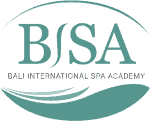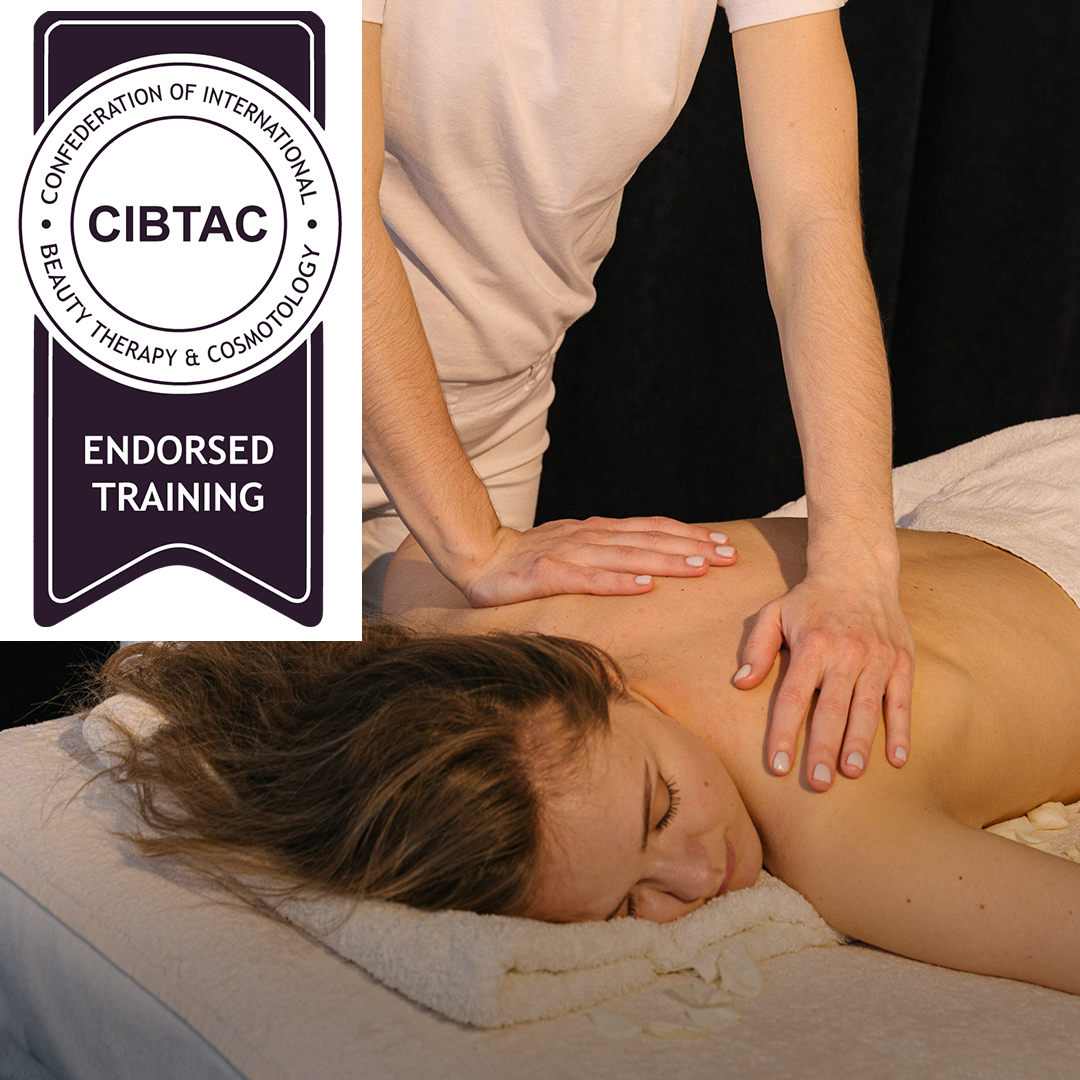15 Days CIBTAC Certificate in Body (Swedish) Massage + CIBTAC Endorsed Ayurveda Body Massage
Price: $2500.00
Upgrade to receive a CIBTAC qualification
Exam date: October 2024 | Registration for these exams will be open from April 2024 to July 2024 |
Saturday and Sunday time to enjoy all the splendours Bali has to offer
“The Island of the Gods”
Pre- requisite for all Bali BISA CIBTAC Endorsed Programs: CIBTAC Certificate in Body Massage
Price Includes:
- Monitor & Maintain Health & Safety in the Spa/Salon
- Provide Body Massage (Swedish)
- Anatomy & Physiology Home study
- Ayurveda Body Massage
- Training Manuals
- Ayurveda Body Massage Training Video.
- Swedish Massage Training Video.
- Clients for your practical sessions.
- CIBTAC Endorsed Certificate for Ayurveda Body Massage.
- CIBTAC Certificate for Certificate in Swedish Massage.
Who is this course for?
Given that no previous experience is necessary, this program is suitable for beginners who are interested in learning and mastering these massage techniques and gaining a foundational understanding of anatomy and physiology. If your goal is to pursue a career in Massage Therapy or simply want to acquire new skills for personal enrichment and well-being. This is a great starting point for you.
Contact us for more information
Read more about Ayurveda Body Massage, Swedish Massage, and Anatomy & Physiology
Ayurveda, the traditional system of medicine that originated in ancient India, includes various therapeutic practices, and one of them is Ayurvedic massage. Ayurvedic massage, also known as “Abhyanga,” is a key component of Ayurvedic therapy and is designed to promote balance and well-being. Ayurvedic body massage is often seen as a holistic practice, addressing not only physical health but also mental and spiritual well-being
Here are key features of Ayurvedic body massage:
Principles:
- Doshas: Ayurveda recognizes three doshas—Vata, Pitta, and Kapha—which represent different combinations of the five elements (earth, water, fire, air, and ether) in the body. Ayurvedic massage aims to balance these doshas.
- Energy Flow: The massage is designed to enhance the flow of energy (prana) throughout the body, ensuring harmony and balance.
- Techniques: Oil Massage (Abhyanga): Abhyanga involves massaging the body with warm, herbal oils. The choice of oil may vary based on an individual’s dosha or the specific health condition being addressed.
- Strokes and Pressure: Ayurvedic massage techniques include various strokes and pressures to stimulate energy points, release tension, and promote relaxation. The massage may be gentle or more vigorous, depending on the individual’s constitution.
- Marma Points: Marma points are vital energy points in the body, similar to acupressure points. The massage may involve gentle stimulation of these points for therapeutic benefits.
Benefits:
- Relaxation: Ayurvedic massage is deeply relaxing and helps alleviate stress and tension.
- Improved Circulation: The massage promotes blood circulation, which is essential for overall health.
- Detoxification: Abhyanga is believed to support the elimination of toxins from the body.
- Skin Nourishment: The use of herbal oils nourishes the skin, making it soft and supple.
- Balancing Doshas: By considering an individual’s dosha, the massage aims to bring balance to the body and mind.
- Preparation: The massage is typically preceded by a consultation to determine an individual’s dosha and any specific health concerns.
- Choice of Oil: The practitioner selects an appropriate herbal oil or a combination of oils based on the individual’s dosha.
- Application: Warm oil is applied to the entire body, and the therapist uses specific strokes and techniques to massage the body.
- Duration: The duration of the massage can vary but often lasts for about 60 to 90 minutes.
- Post-Massage Rest: After the massage, individuals are often advised to rest for a short period to allow the oils to penetrate the skin and provide maximum benefits.
Swedish Massage: is one of the most well-known and widely practiced forms of massage therapy. It was developed in the 19th century by a Swedish physiologist named Per Henrik Ling. The primary goal of Swedish Massage is to relax the entire body by applying pressure to muscles and joints through a series of long, gliding strokes, kneading, and friction techniques.
Key components of Swedish Massage include:
- Effleurage: Long, sweeping strokes that help warm up the muscles and promote relaxation.
- Petrissage: Kneading and squeezing of the muscles, which helps in releasing tension and improving circulation.
- Friction: Circular or cross-fiber rubbing to create heat and increase blood flow to specific areas.
- Tapotement: Rhythmic tapping, chopping, or pounding motions, often used to stimulate and invigorate the muscles.
- Vibration or Shaking: Trembling movements that aim to loosen and relax muscles.
Swedish Massage is not only used for stress relief and relaxation but also for addressing specific muscle issues and promoting overall well-being. It’s a versatile form of massage that can be adjusted to suit various needs and preferences, making it a popular choice in spas, wellness centers, and therapeutic settings.
Anatomy and Physiology: Understanding the human body’s structure (anatomy) and how its parts function (physiology) is crucial for anyone involved in massage therapy. This knowledge helps in providing safe and effective massages.
Anatomy and Physiology in Massage Therapy: are foundational sciences that play a crucial role in the field of massage therapy. Here’s why they are essential:
Understanding the Body’s Structure (Anatomy):
- Musculoskeletal System: Knowledge of muscles, bones, joints, and connective tissues is vital. Massage therapists need to know the location and function of different muscles to target specific areas effectively.
- Nervous System: Understanding how nerves are distributed throughout the body helps therapists be mindful of sensitive areas and nerves during massage, ensuring safety and avoiding discomfort for the client.
- Circulatory System: Knowledge of blood vessels and how blood circulates is essential for understanding the impact of massage on circulation and overall cardiovascular health.
Understanding How Body Parts Function (Physiology):
- Muscle Function: Understanding how muscles contract, relax, and work together is crucial for providing effective massages and addressing muscle-related issues.
- Nervous System Function: Knowing how the nervous system operates helps in tailoring massages to promote relaxation or stimulate specific responses.
- Circulatory System Function: Awareness of how massage affects blood flow and lymphatic drainage is essential for promoting overall well-being.
Safety and Effectiveness:
- Preventing Injury: A solid understanding of anatomy helps massage therapists avoid causing harm or injury to clients. They can navigate around vulnerable areas and adjust techniques based on individual anatomy.
- Customizing Massages: Knowledge of physiology allows therapists to customize massages to address specific concerns or conditions, such as muscle tension, joint issues, or circulatory problems.
In summary, a strong foundation in Anatomy and Physiology is fundamental for massage therapists to provide safe, effective, and client-specific treatments. It enhances their ability to assess, plan, and execute massages that contribute to the overall health and well-being of their clients.


